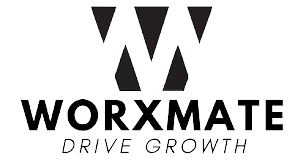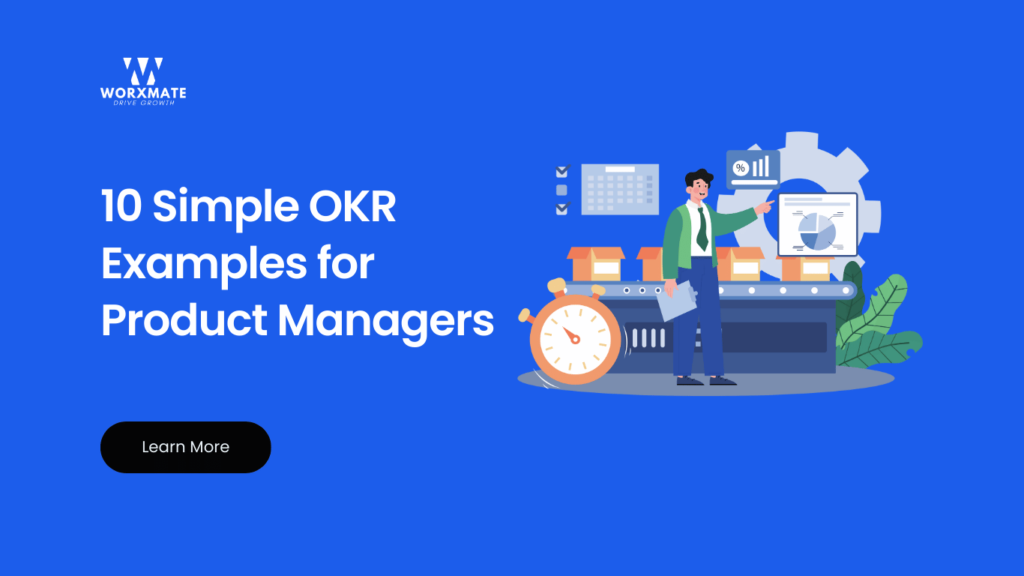The field of product management is continuously evolving in the dynamic landscape of modern business. Navigating through the intricacies of day-to-day operations and engagement challenges demands a strategic approach. This blog seeks to unravel the journey of product managers and how embracing Objectives and Key Results (OKRs) can redefine their path to success.
Operating in an environment where consumer behaviour is in constant flux, market competition is fierce, and technological disruptions are the norm, product managers face the challenging task of aligning their strategies with these dynamic factors. Recent study reveals that a substantial 66% of customers cease buying from companies whose values don’t co-operate with their own.
To overcome these challenges, the pivotal role of well-defined team goals becomes apparent. Let’s delve into potential solutions without explicitly invoking the OKR terminology, complemented by our innovative DEEP-AI feature.
Examples 1:
To ensure a triumphant product launch, focus on introducing three innovative products in the upcoming quarter. Each product should have a distinct value proposition.
Objective: Successful Product Launch
-
KR1: Launch 3 new products within the next quarter, each with a unique value proposition
-
KR2: Ensure a 20% increase in customer engagement and interaction with the new products within the first month of launch, measured through metrics such as website visits, demo requests, and product inquiries
-
KR3: Attain a customer satisfaction rating of 90% or above in post-launch surveys for all new products
Examples 2:
To improve user research practices by conducting in-depth interviews with a minimum of 50 users. Use these insights to boost user engagement and retention through user-centric design changes.
Objective: Improve User Experience Through User Research Strategies
-
KR1: Increase user satisfaction score by 15% within the next quarter through implementation of user research findings.
-
KR2: Conduct in-depth user interviews with at least 50 participants from target demographics to identify pain points and preferences within the next month.
-
KR3: Develop and distribute user feedback surveys to collect actionable insights from at least 500 users per month for the next three months.
Examples 3:
To enhance development and design efficiency by introducing a new design framework. Aim to reduce the average development time for new features and improve user experience scores.
Objective: Optimizing Development and Design Processes
-
KR1: Decrease average time to market for new features by 20% compared to the previous quarter by streamlining development and design processes.
-
KR2: Achieve a 20% increase in user experience scores through iterative design improvements
-
KR3: Introduce a developer training program, resulting in a 10% decrease in reported development-related issues
Examples 4:
To streamline software release cycles by implementing improvements. Target a significant reduction in the average time taken for release cycles and aim for a high success rate in error-free releases.
Objective: Streamline the process of releasing software updates to ensure timely and efficient deployment.
-
KR1: Decrease the average time between feature completion and release from 10 days to 7 days by the end of the next quarter.
-
KR2: Achieve 90% code coverage in automated tests and reduce build time by 20% through the implementation of CI/CD pipelines by the end of the current sprint.
-
KR3: Increase the number of successful releases per month from 2 to 4 by implementing a bi-weekly release planning process and resolving identified blockers within 24 hours.
Examples 5:
To elevate customer engagement by leveraging digital platforms. Aim for a substantial increase and measure success through a targeted Net Promoter Score (NPS).
Objective: Enhance interaction and satisfaction levels with customers to foster stronger engagement.
-
KR1: Increase customer engagement on digital platforms by 30% within the next quarter
-
KR2: Attain a Net Promoter Score (NPS) of at least 40 by the end of the year through customer satisfaction surveys post-engagement
-
KR3: Implement a customer feedback loop, resulting in a 15% increase in the resolution of customer issues
Examples 6:
To enhance operational efficiency by implementing process automation and conducting training sessions. Set clear targets for cost reduction, task efficiency improvement, and task completion rates.
Objective: Streamlining Operations and Enablement
-
KR1: Implement process automation, reducing operational costs by 15% and improving overall efficiency
-
KR2: Conduct training sessions for all relevant teams, resulting in a 20% improvement in task efficiency
-
KR3: Achieve a 95% completion rate for all operational tasks through optimized workflows
Examples 7:
To prioritize user satisfaction by implementing strategies for design enhancements and support optimization. Target specific increases in satisfaction scores and reductions in response times.
Objective: Elevating User Experience
-
KR1: Implement strategies to achieve a 20% increase in user satisfaction scores through design enhancements
-
KR2: Optimize real-time support by reducing the average response time by 15%
-
KR3: Introduce user education initiatives, resulting in a 10% reduction in user-reported issues
Examples 8:
To foster innovation by introducing features aligned with market trends and customer demands. Promote these features for increased user engagement and gather positive feedback from beta testers.
Objective: Driving Product Feature Innovation
-
KR1: Introduce 2 major features aligned with market trends and customer demands
-
KR2: Aim for a 30% increase in user engagement with new features through targeted promotions
-
KR3: Achieve positive feedback from at least 80% of beta testers for the newly introduced features
Examples 9:
To improve development processes by implementing Agile methodologies. Focus on reducing time-to-market, enhancing accuracy in project timelines, and achieving high completion rates for sprints.
Objective: Streamlining Development Processes
-
KR1: Implement Agile methodologies, reducing time-to-market by 20% for new features and improvements
-
KR2: Improve accuracy in project timelines and resource allocation by 10%, optimizing project planning processes
-
KR3: Achieve a 90% completion rate for sprints, indicating improved efficiency in development processes
Examples 10:
To prioritize product performance by setting targets for response time reduction and bug elimination. Implement tools for continuous monitoring and improvement.
Objective: Optimizing Product Performance
-
KR1: Reduce product response time by 25%, enhancing overall product performance
-
KR2: Achieve a 15% reduction in reported product-related bugs with the next release, improving stability
-
KR3: Implement performance monitoring tools, ensuring a consistent improvement in product performance metrics
How Worxmate DeepAI OKR Solution Boosts Product Development
Worxmate’s DeepAI led OKR solution revolutionizes product development by providing a strategic framework that aligns teams and objectives seamlessly.
Here’s how:
- AI-Driven Precision: Worxmate’s DeepAI feature employs cutting-edge algorithms for defining, executing, evaluating, and planning OKRs. This ensures a level of precision that transcends traditional goal-setting methods.
- Real-Time Adaptability: The dynamic nature of modern business demands agility. Worxmate’s solution facilitates real-time adaptability, allowing product managers to adjust goals and strategies promptly based on market shifts, ensuring sustained relevance.
- Collaborative Efficiency: Collaboration lies at the heart of successful product development. Worxmate’s platform fosters real-time collaboration, breaking down silos, and enhancing communication, leading to more efficient and effective product development cycles.
- Strategic Decision Support: Leveraging data-driven insights, Worxmate’s DeepAI provides invaluable support for strategic decision-making. Product managers can make informed choices, backed by comprehensive analytics and performance metrics.
Conclusion
Worxmate’s DeepAI, seamlessly integrated into the OKR framework, adds a layer of sophistication to the product management landscape. It’s not merely a tool; it’s a catalyst for innovation, efficiency, and success.
As we conclude, remember that the path to successful product management is dynamic, and embracing innovation is key. Whether streamlining operations, boosting engagement, or optimizing performance, the synergy of OKRs and Worxmate’s DeepAI, paves the way for unparalleled success.
Embark on your journey towards product management excellence.



